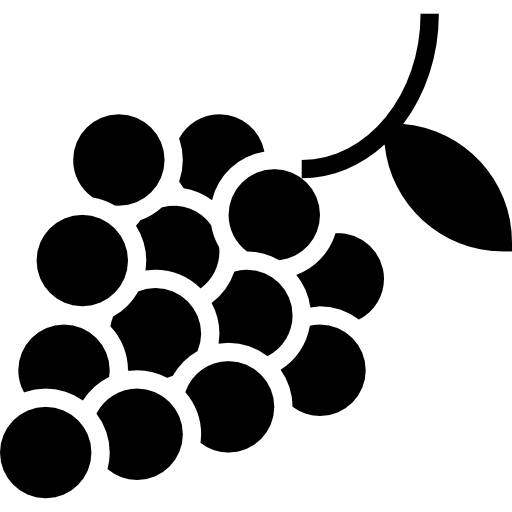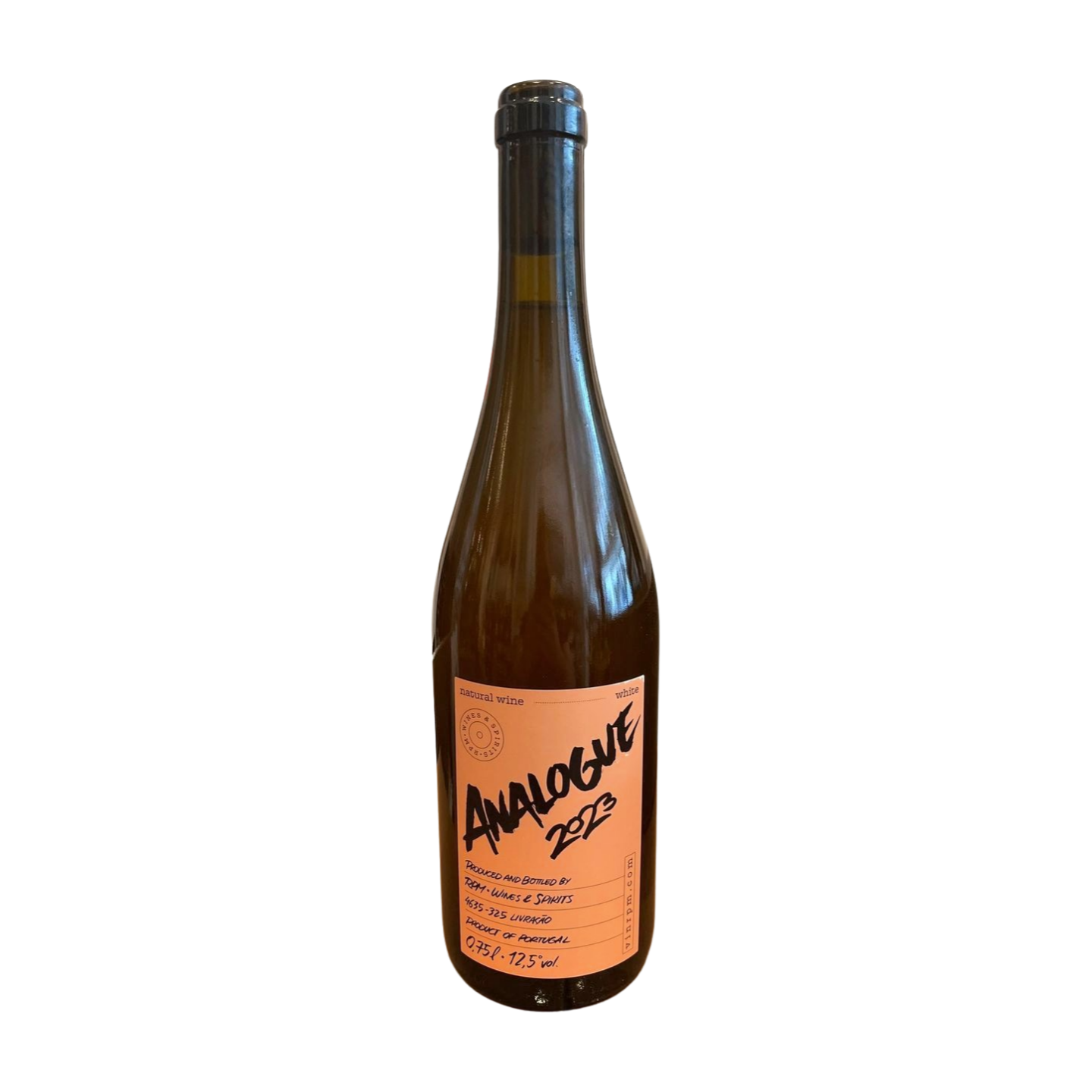A purposeful and vibrant departure from the typical red profile of the Vinho Verde region, showcasing a distinct expression of old-vine, minimal-intervention winemaking from the sub-region of Tâmega. The wine is primarily crafted from Castelão, a variety more commonly associated with southern Portugal but here sourced from vines over sixty years old, often co-planted in a field blend alongside small amounts of other regional reds like Vinhão. This project deliberately embraces the traditional, less common red viticulture of this transitional zone between Vinho Verde and the Douro.
The vinification process is a tribute to Portuguese tradition and non-interventionist philosophy. Grapes are hand-harvested from the old vinhas de enforcado (vines trained high on trellises) and then foot-trodden in the ancient, over 250-year-old granite lagares, initiating a natural, spontaneous fermentation with indigenous yeasts. The must is allowed a lengthy eight days of skin maceration in the lagares, which is crucial for extracting color, soft tannins, and structure. Following the gentle basket pressing, the wine is transferred to old cement tanks—dating from the 1960s—where it matures for an extended period, remaining on its full lees for nearly a year without stirring. This method, along with the decision to be unfiltered and unfined and add no sulfur, results in a wine with noticeable natural sediment, reflecting a transparent and unadulterated expression of the granite terroir.
An exceptionally easygoing and chillable red that is sometimes described as having a Gamay-ish quality challenges the expectation of high-tannin Vinho Verde reds like pure Vinhão. It exhibits a light-to-medium garnet color with a high degree of transparency. It is immediately fruity and lively on the nose, often dominating with stone fruit characteristics, particularly cherry and plum, interwoven with red berries and a subtle earthy, peppery spice. The palate follows through with this fruity purity but is underpinned by the high acidity typical of the region's granite soils, providing excellent freshness and lift. The wine is deliberately low in aggressive tannin due to the basket pressing and co-fermentation method, offering a soft, juicy texture and a clean, invigorating finish. It perfectly balances a gentle rustic core with a modern thirst-quenching drinkability.












